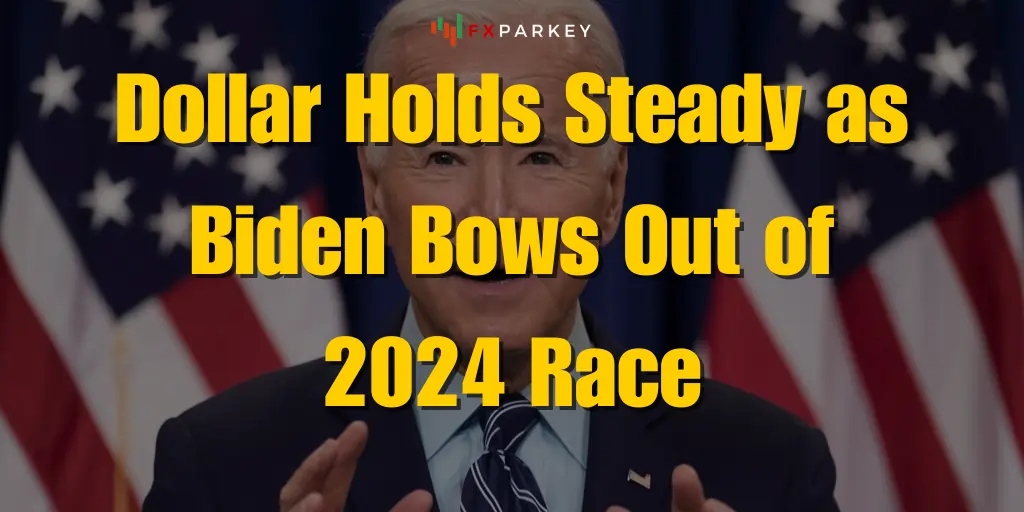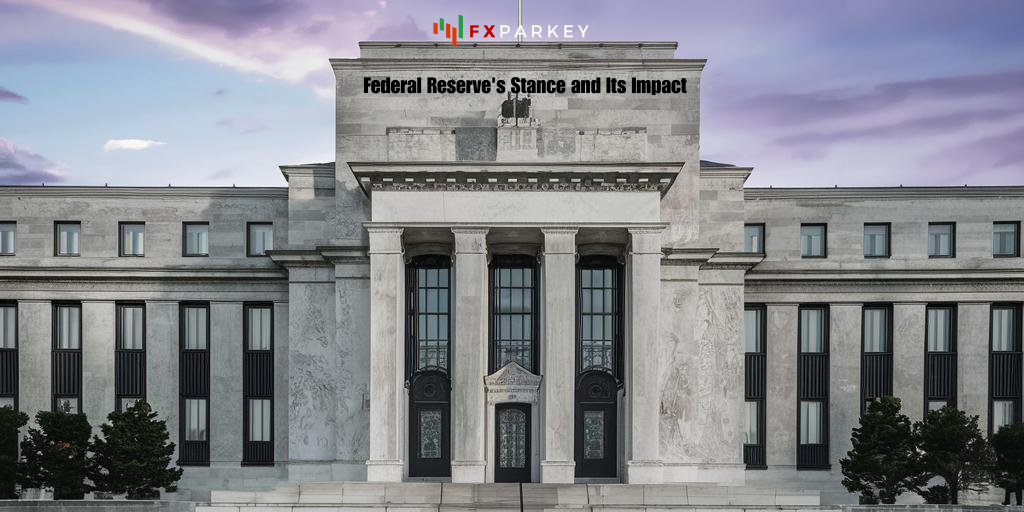President Joe Biden's unexpected withdrawal from the 2024 presidential race has sent shockwaves through the political sphere and financial markets alike. This sudden development has particularly impacted the U.S. dollar, which has shown signs of strengthening in the wake of the announcement.

As investors and analysts grapple with the implications of this political shift, the dollar Holds steady trajectory has become a focal point of economic discussions.
Immediate Market Reaction

In the immediate aftermath of Biden's withdrawal, the dollar index, which measures the greenback against a basket of major currencies, experienced a notable uptick.
This initial surge reflects the market's quick response to the changing political landscape, with traders and investors reassessing their positions in light of the new information.
The strengthening of the dollar can be attributed to several factors:
- Reduced Political Uncertainty: With Biden's exit, some of the uncertainty surrounding the upcoming election has been mitigated. Markets often respond positively to increased clarity, even if the full implications are not yet known.
- Anticipation of Pro-Business Policies: There's speculation that a potential Republican administration might implement more business-friendly policies, which could bolster economic growth and, by extension, support the dollar.
- Shift in Economic Expectations: Investors are recalibrating their expectations for future economic policies, including fiscal spending and regulatory approaches, which can influence currency valuations.
Federal Reserve's Stance and Its Impact

The Federal Reserve's monetary policy remains a crucial factor in the dollar's performance. Currently, the Fed has maintained its target range for the federal funds rate at 5.25% to 5.50%, the highest level in 22 years. This high-interest rate environment has been supportive of the dollar, as it attracts foreign investment seeking higher yields.
Looking ahead, the Fed's decisions will continue to play a pivotal role:
- Potential Rate Cuts: The market is pricing in a 25 basis point rate cut by September, with expectations of further reductions by the end of 2024. These anticipated cuts could potentially temper the dollar's strength in the medium term.
- Inflation Monitoring: The Fed remains committed to its 2% inflation target. How inflation trends develop in the coming months will be crucial in determining the timing and extent of any rate adjustments.
Global Economic Factors
The dollar's performance is not solely influenced by domestic factors. Global economic conditions and geopolitical events also play a significant role:
- Comparative Economic Strength: The U.S. economy's relative strength compared to other major economies continues to support the dollar. Any signs of weakening in other key economies could further bolster the greenback's position.
- Safe-Haven Status: In times of global uncertainty, the dollar often benefits from its status as a safe-haven currency. The current geopolitical climate, including ongoing conflicts and trade tensions, may contribute to this effect.
Market Sectors and Asset Classes
The strengthening dollar has varied impacts across different market sectors and asset classes:
- Equities: U.S. equity markets, particularly the tech sector, have faced some selling pressure. However, there's optimism that a potential change in administration could bring renewed vigor to the market.
- Commodities: Gold prices have experienced a slight decline, partly due to the stronger dollar. Oil prices have also seen downward pressure, although factors like China's recent rate cut and expectations of Fed rate cuts could provide some support.
- Cryptocurrencies: Interestingly, Bitcoin has seen a surge to $68,000, a level not reached in a month. This rally is partly attributed to the changing political landscape and the potential for more crypto-friendly policies.
International Currency Dynamics
The dollar's movements have ripple effects on other major currencies:
- Euro (EUR/USD): The euro has been trading sideways against the dollar, with the ECB's recent decision to hold interest rates steady at 4.25% influencing its performance.
- British Pound (GBP/USD): The sterling has faced downward pressure, partly due to weak UK retail sales data and the strengthening dollar.
- Japanese Yen (USD/JPY): The yen has shown some strength against the dollar, potentially signaling a turning point after a period of weakness.
- Australian Dollar (AUD/USD): The Aussie has experienced some downward pressure, reflecting both the stronger U.S. dollar and concerns about China's economic performance.
To Conclude

While Biden's withdrawal from the presidential race has initially bolstered the dollar, the currency's long-term trajectory remains subject to a complex interplay of factors. The immediate strengthening reflects market reactions to reduced political uncertainty and speculation about future economic policies.






